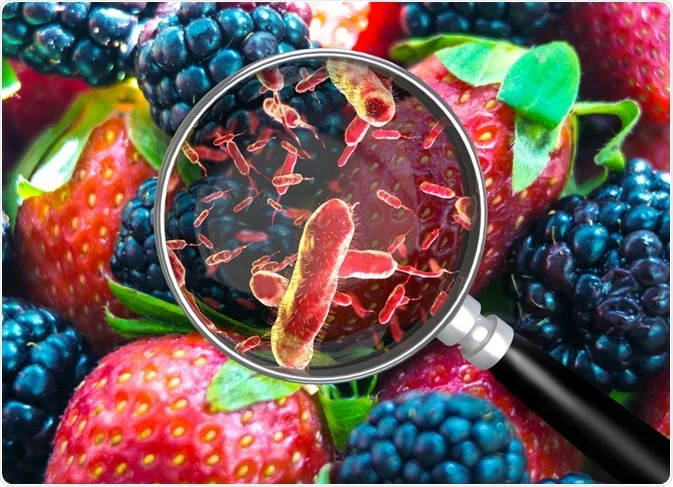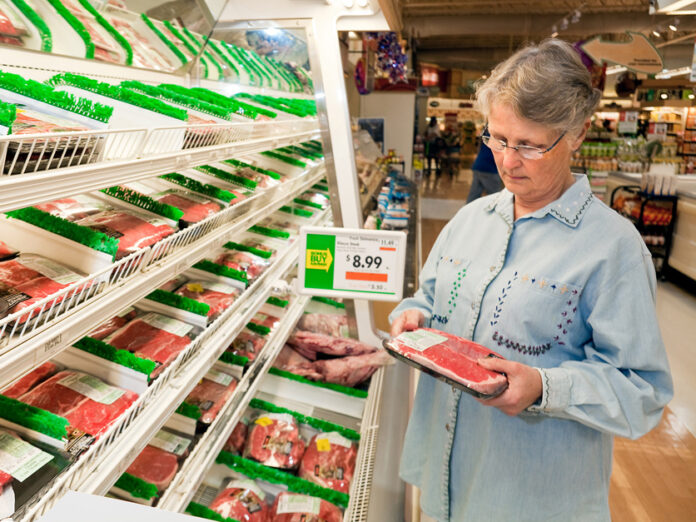In the intricate realm of food packaging, the assurance of seal integrity reigns supreme. The significance of a secure seal cannot be overstated—it is the linchpin in preserving the safety and freshness of consumables.
Seal inspection, a meticulous process, stands as the sentinel, ensuring that every seal on food packaging meets exacting standards. The stakes are high; a flawed seal can compromise the safety of the enclosed food, potentially leading to contamination and necessitating drastic measures such as disposal or even product recalls. The ramifications extend beyond mere financial losses; a tainted reputation can follow, tarnishing a brand’s image and eroding consumer trust. Below are a few things to consider when it comes to sealing food packaging.

1. Product Safety
The foremost raison d’être for incorporating seal inspection in food packaging lies in safeguarding consumer health. A compromised seal opens the door to contamination, presenting a direct threat to those who consume the packaged food. This is particularly crucial in the case of perishable items like salads and baked goods, where the risk of spoilage is heightened.
2. Shelf-Life Maximization
A properly sealed package acts as a temporal guardian, ensuring the maximum shelf life of a product. The longevity of the packaging directly correlates with the preservation of the food’s quality and freshness, a critical consideration for both manufacturers and consumers.

3. Protection from Contaminants
Effective seal inspection serves as a shield against external contaminants. Dust, air, water, and other harmful substances are kept at bay, preventing their infiltration and mitigating the potential for food spoilage. A robust seal is akin to a protective barrier, maintaining the pristine condition of the enclosed edibles.
4. Quality and Safety Assurance
The seals on food packages are often created through heat-based systems, integral to preserving the quality and safety of the packaged product. Ensuring the integrity of these seals is paramount, as any compromise could jeopardize the overall integrity of the food packaging. Seal inspection becomes a non-negotiable step in the pursuit of maintaining quality and safety standards.

5. Regulatory Compliance
In the labyrinth of food safety regulations, seal inspection emerges as a mandatory checkpoint. Certain food products, particularly those categorized as low-acid and shelf-stable, necessitate rigorous inspection to comply with regulatory standards. Meeting these benchmarks is not only a legal imperative but also a testament to a brand’s commitment to consumer safety.
The Unseen Impact of Seal Inspection
Seal inspection stands as a linchpin in the food packaging process, a guardian against potential risks and a champion for consumer safety. It is the thread that weaves together the fabric of quality assurance, shelf-life maximization, and regulatory compliance.
Beyond the overt benefits of seal inspection lie subtler yet equally significant advantages that reverberate throughout the entire food industry ecosystem. The process is not merely a checkbox on a quality assurance list; it is a proactive measure that resonates through every phase of the food packaging journey.

Cost-Efficiency Through Waste Reduction
The financial impact of a compromised seal extends beyond potential recalls and disposal costs. By identifying and rectifying seal issues early in the packaging process, manufacturers can significantly reduce the volume of wasted product. This not only minimizes financial losses but also aligns with sustainable practices, contributing to a more eco-conscious approach in the food industry.
Consumer Confidence and Brand Loyalty
In an era where consumers are increasingly discerning about the safety and quality of the products they consume, seal inspection becomes a cornerstone of building trust. Brands that invest in rigorous seal inspection demonstrate a commitment to delivering uncontaminated and fresh products. This commitment fosters consumer confidence, leading to repeat business and brand loyalty. The ripple effect of satisfied customers extends to positive word-of-mouth marketing, a valuable asset in the competitive food market.

Supply Chain Integrity
Seal inspection is not confined to the manufacturing floor; it is a link in the broader chain of supply and distribution. By ensuring that every product is securely sealed, manufacturers contribute to a robust supply chain. This, in turn, minimizes the likelihood of issues arising during transportation and storage. A seamless supply chain, fortified by effective seal inspection, translates to timely deliveries, reduced losses, and an overall more efficient distribution process.
Innovation in Packaging Technology:
The pursuit of flawless seals propels the food packaging industry towards continuous innovation in technology. Advanced vision-based systems, machine learning algorithms, and automation are increasingly integrated into seal inspection processes. This not only enhances the accuracy and efficiency of inspections but also positions the industry at the forefront of technological advancement. The push for better seal inspection methods becomes a catalyst for broader technological progress in food packaging.

Global Food Security
In an interconnected world, where food is transported across borders, seal inspection contributes to global food security. By preventing contamination and spoilage, it ensures that food products maintain their quality and safety standards even during international transit. This is particularly crucial as the global food supply becomes more intertwined, necessitating stringent measures to uphold the integrity of packaged goods on a global scale.
Seal inspection, often perceived as a mere quality check, emerges as a transformative force in the dynamic landscape of food packaging. Its influence stretches from the prevention of health hazards to cost-efficient waste reduction, from fostering brand loyalty to contributing to global food security.
By preventing contamination and spoilage, it ensures that food products maintain their quality and safety standards during international transit. As the global food supply becomes more intertwined, stringent measures are essential to uphold the integrity of packaged goods on a global scale.
As we reflect on the multifaceted impact of seal inspection, it becomes evident that its role goes beyond ensuring the safety of individual products. It is a driver of positive change, a catalyst for innovation, and a guardian of the values that define responsible food packaging. The journey toward safer, fresher, and more sustainable food packaging is guided not just by the need for assurance but by the transformative potential inherent in the meticulous scrutiny of seals. In embracing this ethos, the food industry not only meets its present challenges but paves the way for a future where seal integrity becomes synonymous with a commitment to excellence.





![Calgary’s Hottest Neighborhoods for Luxury Homebuyers [2024]](https://thewashingtonote.com/wp-content/uploads/2024/04/Calgary-324x160.png)



